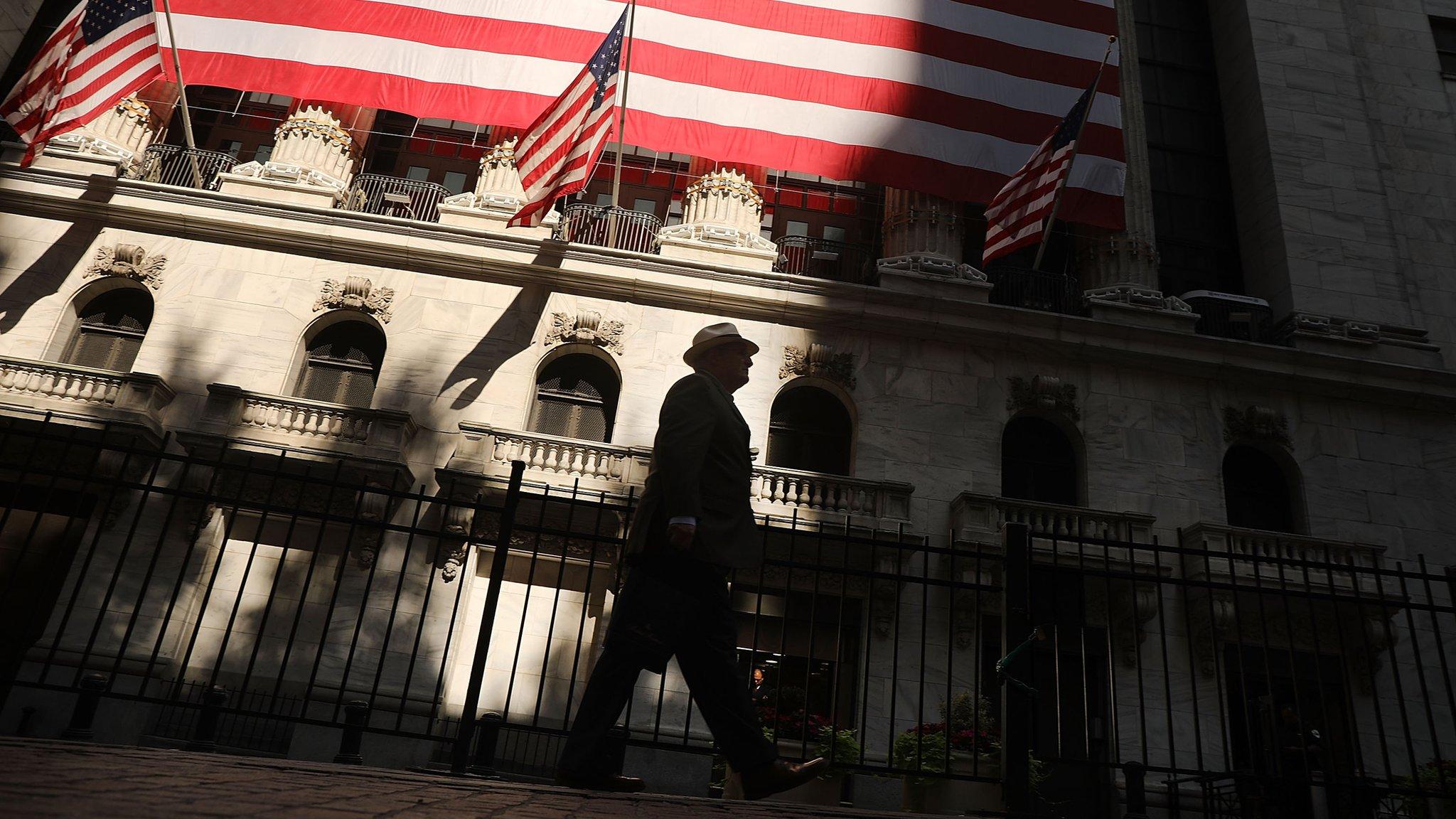Fed raises rates despite Trump opposition
- Published
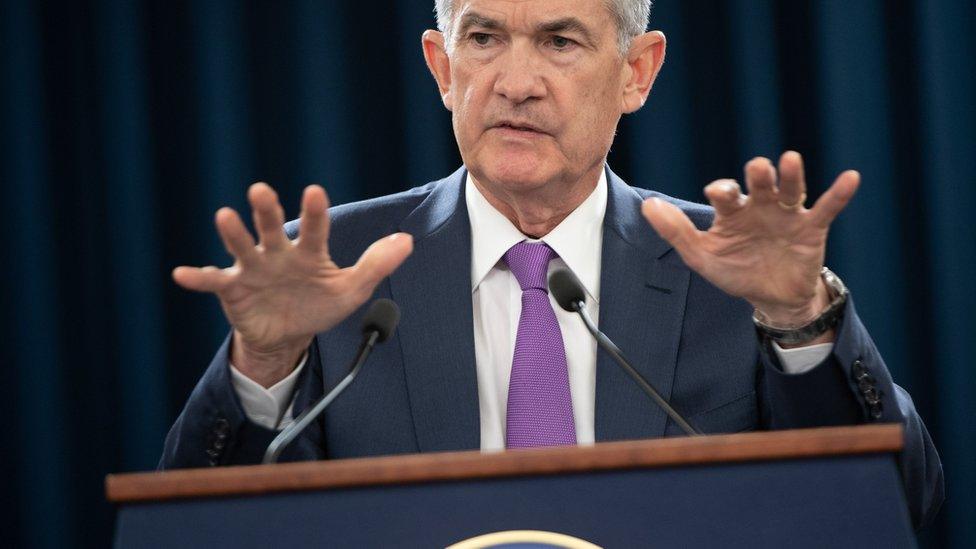
Mr Powell says gradual rate increases are the best way to balance risks
The Federal Reserve has raised interest rates again, in spite of warnings from Donald Trump against the move.
Officials at the US central bank voted to lift the Fed's key interest rate by 0.25%, to a target range of 2.25%-2.5%.
But they also said future increases could come at a slower pace amid concerns about global growth.
It comes after the US president on Tuesday warned the Fed against making "yet another mistake" in raising rates, urging it instead to "feel the market".
He also urged the bank not to wind down a multi-billion dollar stimulus programme brought in after the financial crisis.
Mr Trump - who appointed the Fed's chairman, Jerome Powell - has repeatedly blamed the central bank for unsettled markets and dismissed analysts who cite other factors, such as rising trade tariffs.
But his remarks have put pressure on the Fed, as presidents generally avoid criticising the bank publicly, for fear of politicising the institution.
Allow X content?
This article contains content provided by X. We ask for your permission before anything is loaded, as they may be using cookies and other technologies. You may want to read X’s cookie policy, external and privacy policy, external before accepting. To view this content choose ‘accept and continue’.
At a press conference on Wednesday, Mr Powell defended the Fed's independence, saying that political pressure played "no role whatsoever" in its discussions or decisions.
He added that the Fed had no plans to change its ongoing reduction of its portfolio of Treasuries and mortgage-backed securities.
Fewer hikes next year
The bank has been gradually raising the benchmark rate since 2015, moving the US away from the ultra-low rates put in place during the financial crisis to spur economic activity.
Wednesday's decision, which was widely expected, marked the ninth increase since 2015 and the fourth this year.
However, the moves have made borrowing more expensive, contributing to slowdowns in some sectors, such as housing.
And with economic growth expected to slow, some worry that further increases risk stifling economic activity.
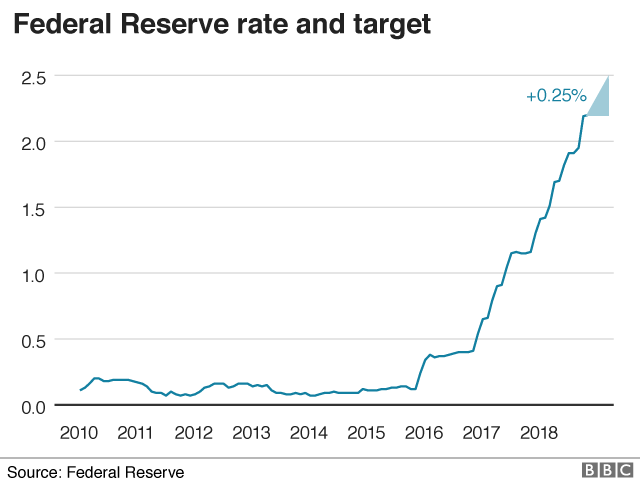
On Wednesday, officials did cut their forecasts for economic growth in 2019 to 2.3%, down from the 2.5% they anticipated in September.
And estimates released by the bank showed most Fed members expect two rate increases in 2019 - not three, as previously forecast.
It follows a downturn in US financial markets and concerns about slowing growth in the US and abroad.
However, Mr Powell said the strength of the US economy - which is expected to grow about 3% this year - justified another rate rise, despite recent "cross currents" that have weakened the outlook.
"We think this move was appropriate for what is a very healthy economy," he said. "Policy at this point does not need to be accommodative."
In its official statement, the Fed also said increases to its benchmark rate would help the US economy sustain its expansion, keeping the unemployment rate low and inflation near 2%.
Market reaction
Shares sank after the announcement, reversing earlier gains. The Dow and S&P 500 closed about 1.5% lower, while the Nasdaq fell than 2%.
In Asia, Japan's benchmark Nikkei 225 was down 2.5% in early afternoon trade on Thursday, following Wall Street's lead.
Hong Kong's Hang Seng index and South Korea's KOSPI index were both down more than 1%, while Australia's S&P/ASX 200 was down 0.85% in very late afternoon trade there.
Analysts said investors might have been hoping for stronger signs from the Fed that it would raise rates more slowly in the future.
"Given the stock market declines and negative international economic news - recognised in the statement - this still points to quite a bit of confidence at the Fed in the ability of the US economy to withstand a few more rate hikes," said Brian Coulton, chief economist at Fitch Ratings.
- Published18 December 2018
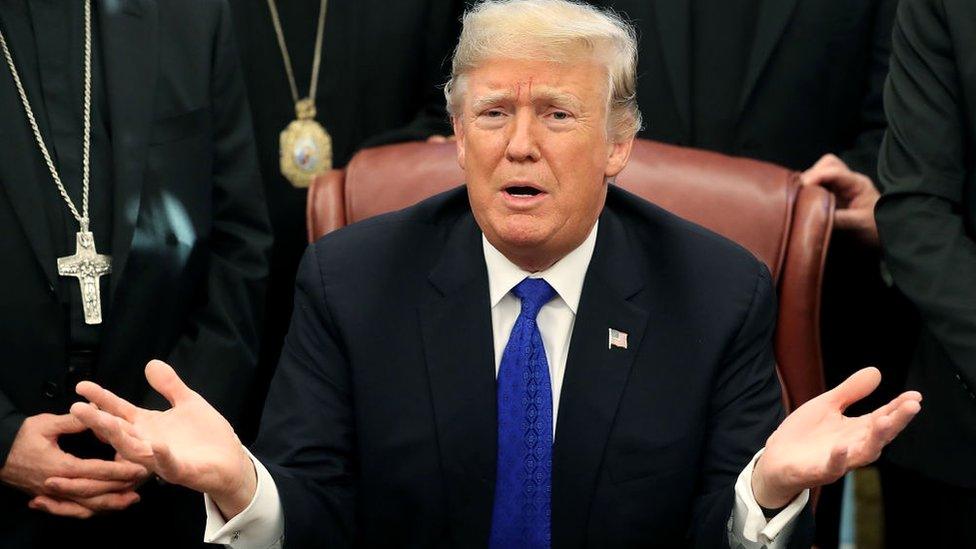
- Published7 December 2018
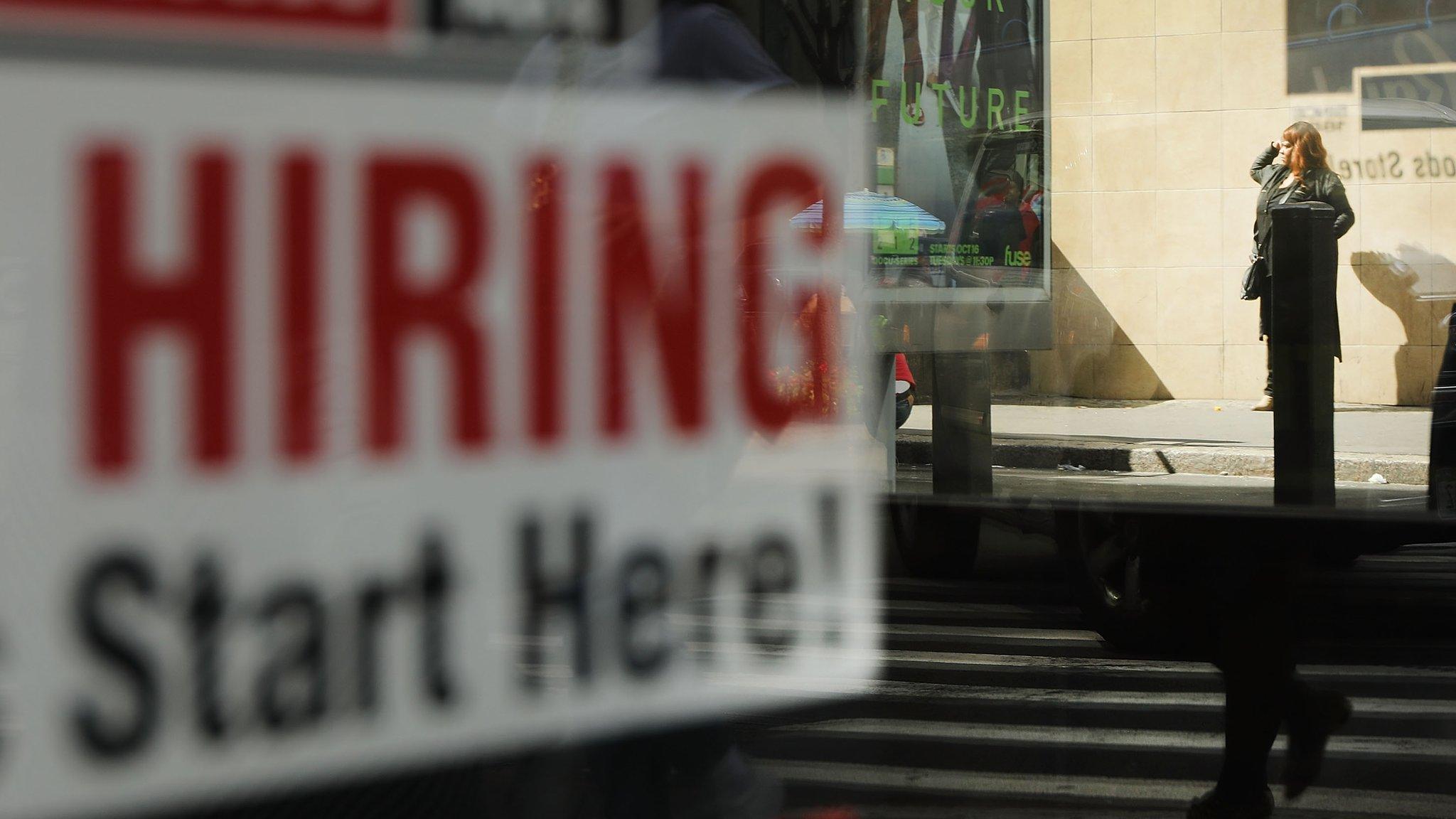
- Published14 December 2018
